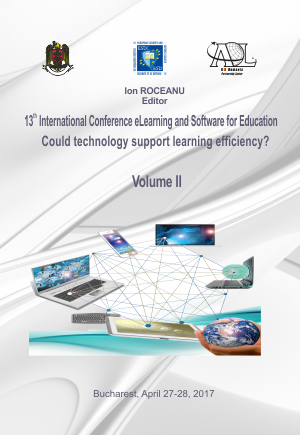ENVIRONMENTAL SENSING AND LEARNING HUMAN BEHAVIOR USING CLOUD COMPUTING AND BIG DATA TO ACT FOR A BETTER QUALITY OF LIFE AND SMART HEALTH
ENVIRONMENTAL SENSING AND LEARNING HUMAN BEHAVIOR USING CLOUD COMPUTING AND BIG DATA TO ACT FOR A BETTER QUALITY OF LIFE AND SMART HEALTH
Author(s): George Suciu, Alexandru Vulpe, Adrian Pasat, Robert COANCASubject(s): Social Sciences
Published by: Carol I National Defence University Publishing House
Keywords: Environmental Sensing; Learning Human Behaviour; Quality of Life; Smart Health.
Summary/Abstract: Quality of life and smart health are some of the main use cases for current Internet of Things (IoT) systems. However, healthcare providers are reluctant in using sensors which are increasingly abundant in our environment and have a huge potential for application in tailored, specific and even individualized services to improve the quality of life. Furthermore, our study shows that the healthcare industry has been slow to embrace innovative technologies - such as using big data, machine learning and cloud computing for analytics - that could help them leverage their growing information assets and better learn the human behavior. In this paper, we present how making use of machine learning algorithms running on a cloud platform can be used to process big data about the biological signals of people using various types of IoT systems, including wearable devices and environmental sensors. The paper presents how all this data can be used to provide suggestions for actions to be taken to optimize the quality of life and improve health. We demonstrate that healthcare providers need big data tools to manage and analyze this huge volume of data. The main goal of the paper is to show how to convert environmental sensor data into actionable information for users to provide a healthier and safer environment, learning their behavior, thereby improving the quality of life, reducing health costs and most valuable - increase the scale of prevention. Finally, we present how data from monitoring personal indoor and outdoor environment can be aggregated and managed at different geographical levels, in order to provide statistics at city or district level.
Journal: Conference proceedings of »eLearning and Software for Education« (eLSE)
- Issue Year: 13/2017
- Issue No: 02
- Page Range: 523-530
- Page Count: 8
- Language: English

